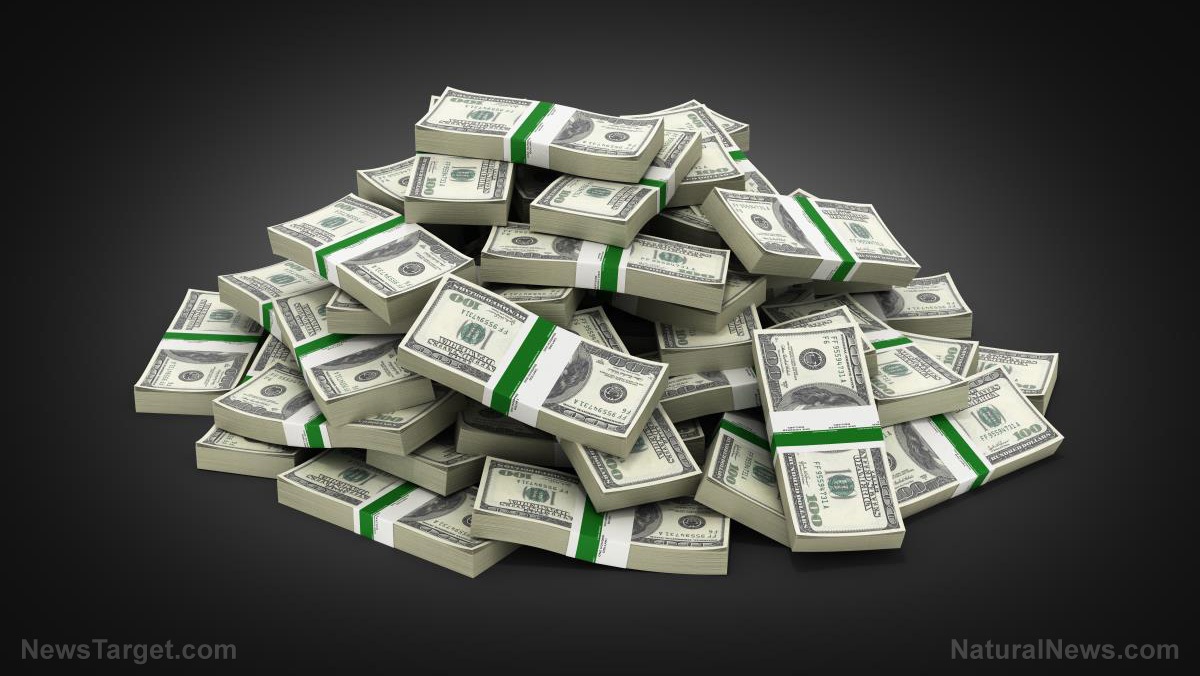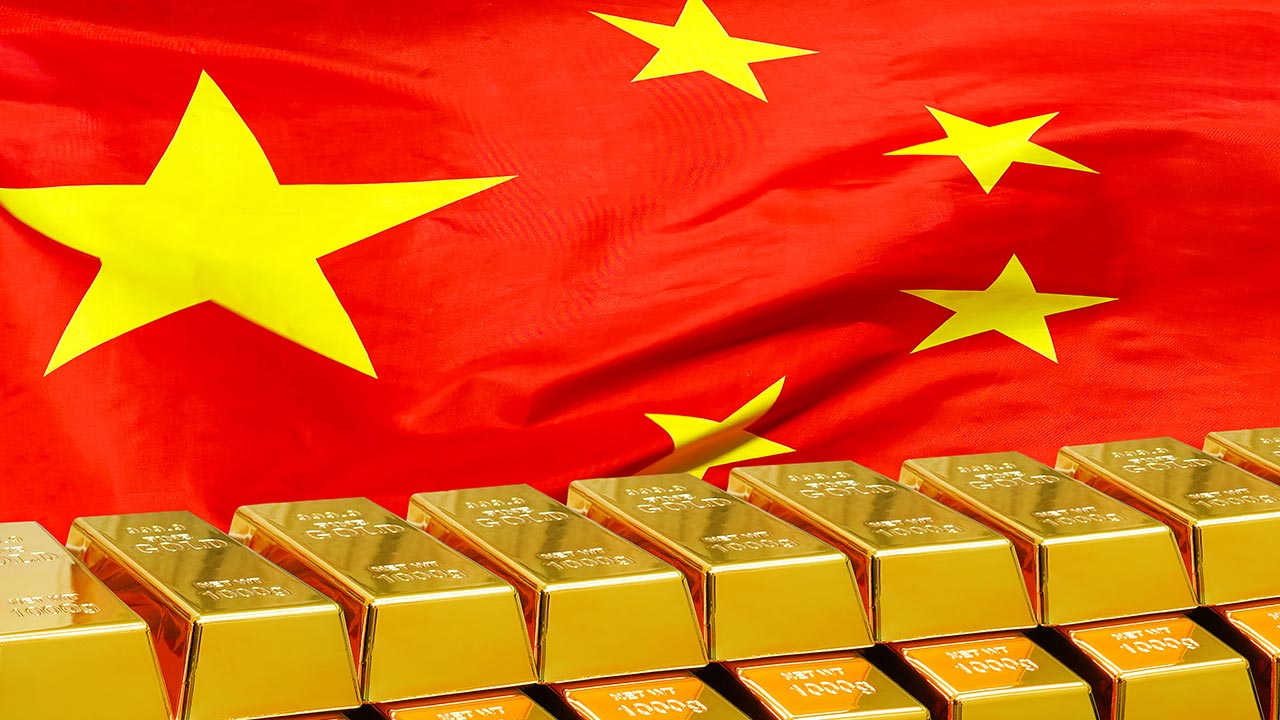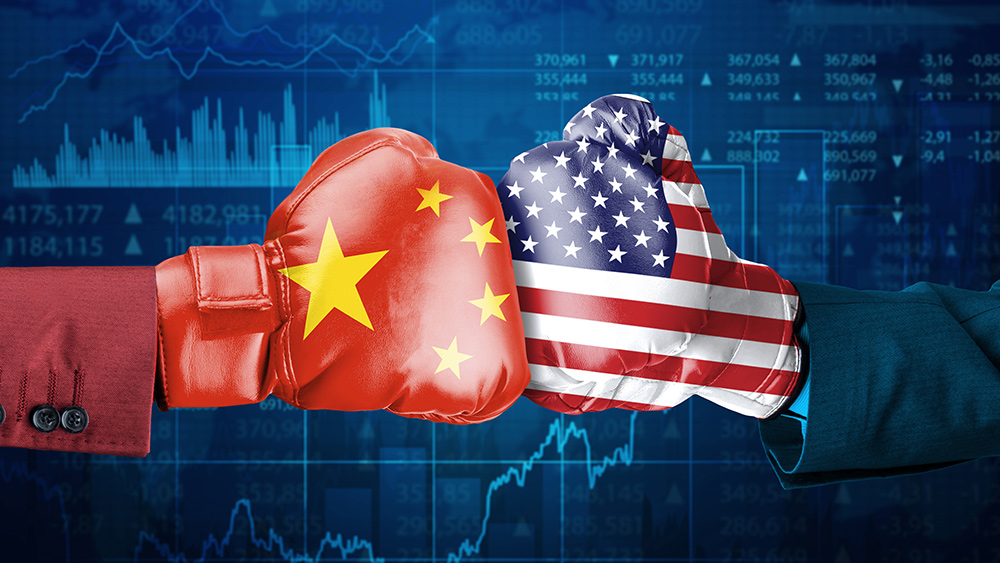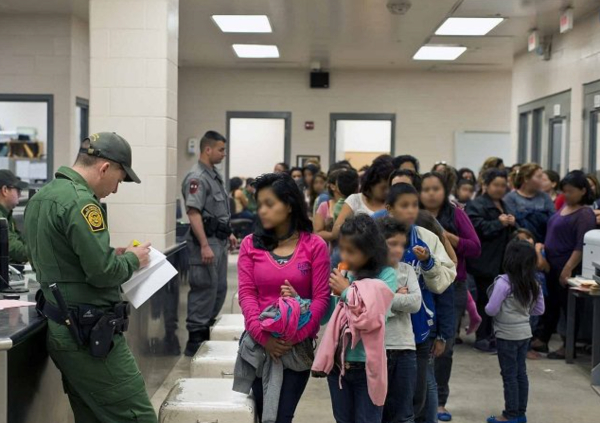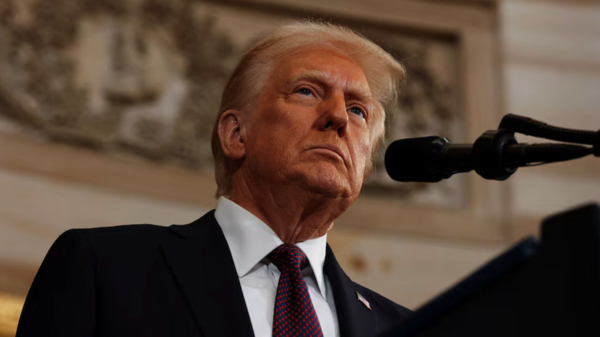 Parler
Parler Gab
Gab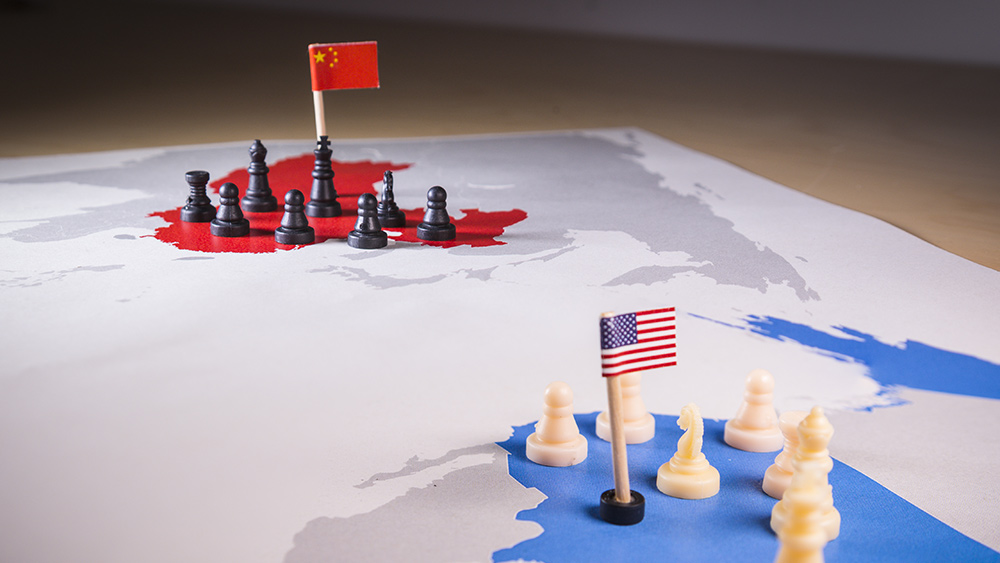
- President Donald Trump proposed tariff cuts on Chinese imports, but Beijing demands all U.S. levies be removed first before negotiations, leading to a deepening impasse and market volatility.
- Mixed signals persist—Trump claimed ongoing talks, while China dismissed reports of progress as "fake news," accusing the U.S. of negotiating under threats.
- Tariffs disrupt retail supply chains (Walmart, Amazon) and raise U.S. consumer prices (electronics, mortgages), while China faces GDP slowdowns and factory strains.
- The deadlock mirrors past trade wars, with China perceiving U.S. vulnerability (debt ceiling, Fed hikes) and refusing concessions, expecting American fatigue.
- The standoff spills into other issues (Ukraine, tech antitrust, military alliances), with both sides prioritizing political posturing over resolutions, harming global markets.
Fake news and mutual accusations: The communication breakdown
The confusion began Tuesday when The Wall Street Journal reported Trump might slash tariffs on Chinese goods by up to 50%, prompting a sharp rally in equities. Treasury Secretary Scott Bessent quickly tempered expectations, stating no unilateral offer had been made. By Thursday, Chinese officials doubled down, dismissing claims of talks as baseless. “There have been no consultations or negotiations on tariffs, let alone an agreement,” said Foreign Ministry spokesperson Guo Jiakun in Beijing. Commerce Ministry spokesperson He Yadong added, “The unilateral tariffs were initiated by the U.S. If they want to resolve the issue, they must remove all levies — we will not negotiate under threats.” Trump, meanwhile, maintained a contradictory tone, claiming in remarks to reporters that “there are talks every day” and vowing tariffs “will come down.” Yet when pressed, he refused to name participants or share details of discussions. “These things are delicate — they might not even be announced,” he said.Economic toll escalates: Tariffs bite retailers, factories and households
The standoff’s impact is now tangible. Walmart and Target warned of inventory disruptions, while Amazon canceled orders from Chinese suppliers. Goldman Sachs predicts U.S. tariffs alone will shave 1% off China’s GDP, exacerbating its already stagnant growth. “The toll on trade is existential for companies reliant on cross-Pacific supply chains,” said Zhang Zhiwei, chief economist at Pinpoint Asset Management. In the U.S., inflation fears mount: Verizon CEO Hans Vestberg warned tariff hikes on handsets would “hit consumers directly,” while homebuyers confront 7% mortgage rates and $500,000 median home prices. The Fed’s Beige Book noted “broader cost pressures across industries,” with businesses preparing to pass expenses to consumers.Historical context: A pattern of distrust
The current stalemate echoes earlier confrontations, including the 2018-2019 trade war under Trump’s first term. Then, as now, unilateral tariffs sparked retaliation, slowed global growth and failed to coerce China into significant concessions. Analysts note Beijing now views the U.S. as economically vulnerable, citing its $1.3 trillion debt ceiling standoff and Federal Reserve rate hikes. “China isn’t blinking because it knows the Fed is boxed in,” said Mei Xinyu, a researcher at the Chinese Academy of International Trade. “Every rate increase raises their leverage.”Can the U.S. pivot without a deal?
Trump’s team faces mounting domestic pressure. Last week, retailers Walmart, Target, Home Depot and Lowe’s lobbied the White House to backtrack on tariffs, urging a “sustainable” path forward. Bessent reiterated that any deal would require reciprocal commitments, but emphasized talks could take years—a timeline critics say ignores the deepening crisis. China, however, shows little urgency. As Renmin University professor Wang Yiwei noted, “If the U.S. lowers tariffs and we don’t reciprocate… they’ll see the weakness in their position.”The geopolitical cost of stalemate
With both sides dug in, the conflict risks spillover into other arenas. In Ukraine, discussions over autonomy and sanctions relief hinge on military realities, but Trump faces limited leverage against Russia’s entrenched grip. Meanwhile, the EU’s antitrust probes into U.S. tech giants and Russia’s joint military drills with North Korea highlight complications in a multipolar world. For now, markets and consumers bear the brunt as leaders prioritize pride over pragmatism. “The U.S.-China relationship is now a test of who blinks last,” said veteran China analyst Juliana Liu. With tariff rates at unsustainable heights and growth forecasts falling, that test may come sooner than either side expects. Sources include: ZeroHedge.com Yahoo.com TrenchesandTrees.Substack.com BusinessUpturn.comGold swings wildly as China’s sudden gold sell-off triggers two-week low amid holiday lull
By Willow Tohi // Share
Factory closures, mass layoffs hit China’s manufacturing sector amid U.S. trade war
By Ramon Tomey // Share
Trump’s tax cut ambitions clash with Ukraine deadlock amid economic optimism
By Willow Tohi // Share
Governments continue to obscure COVID-19 vaccine data amid rising concerns over excess deaths
By patricklewis // Share
Tech giant Microsoft backs EXTINCTION with its support of carbon capture programs
By ramontomeydw // Share
Germany to resume arms exports to Israel despite repeated ceasefire violations
By isabelle // Share

